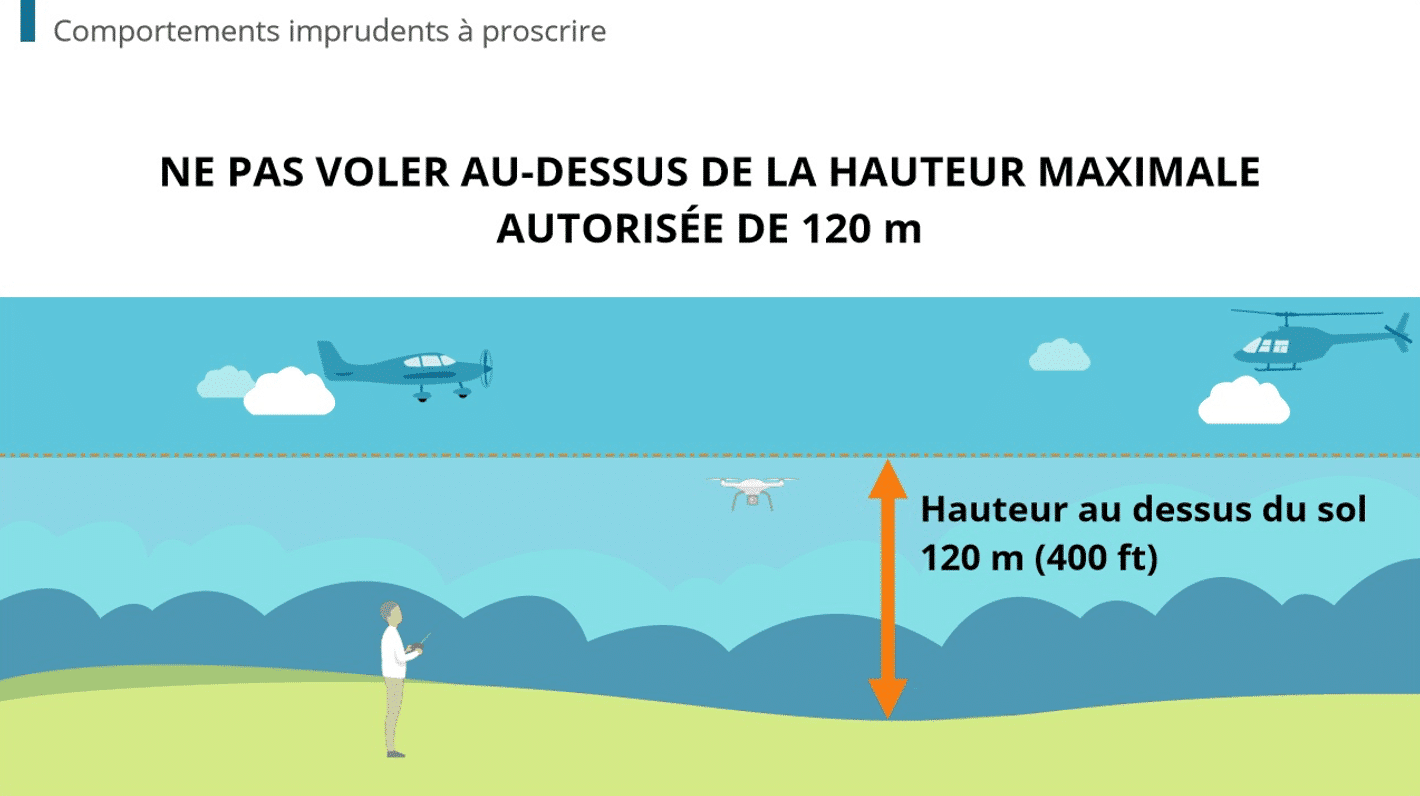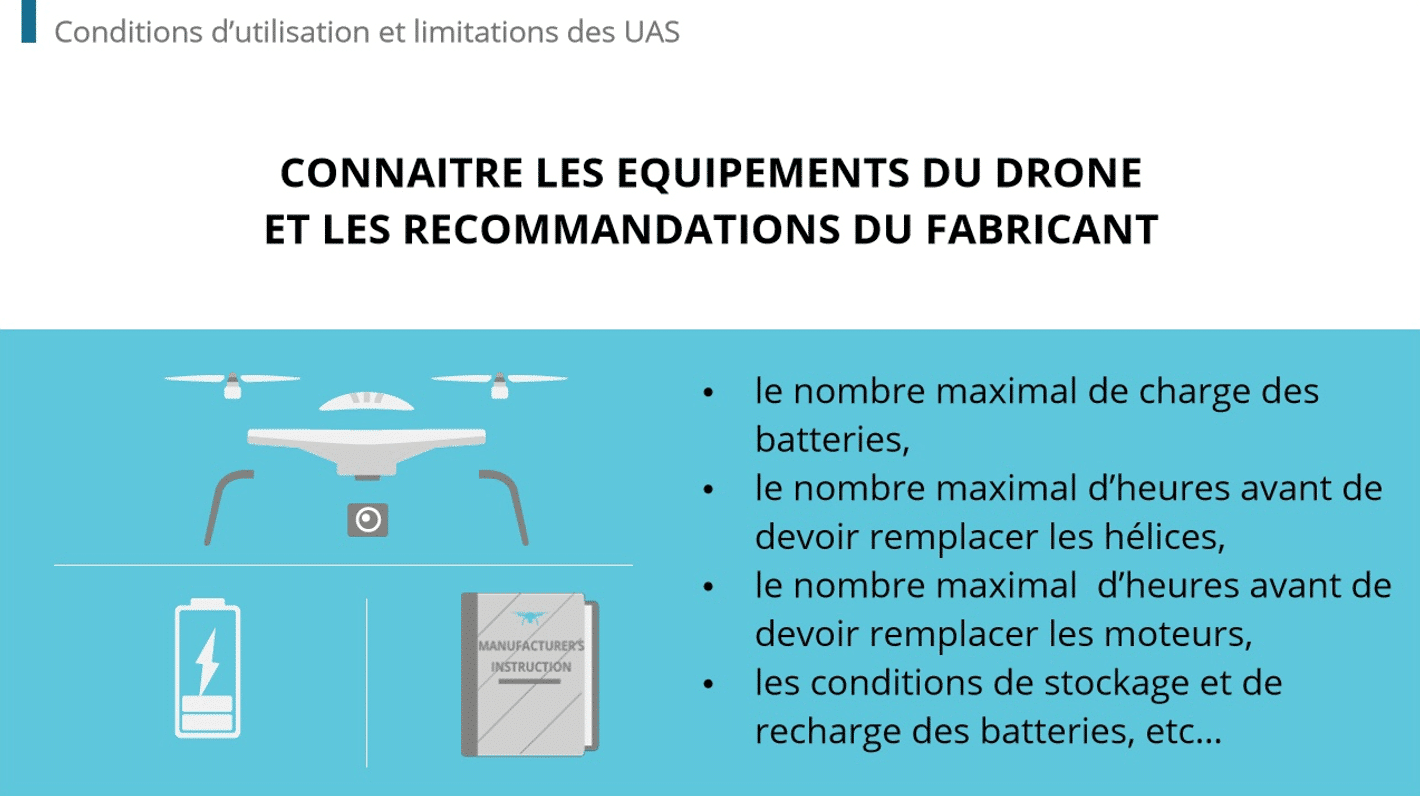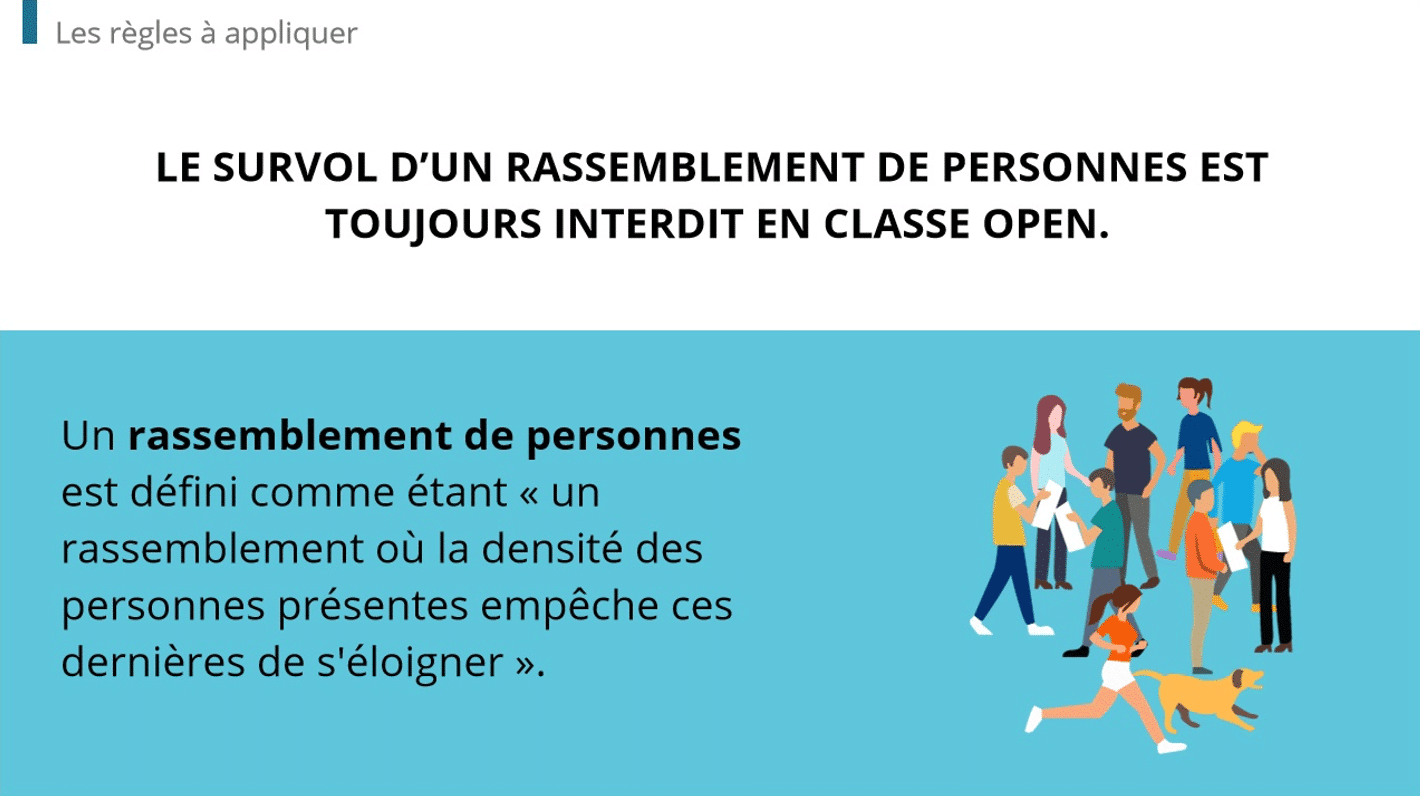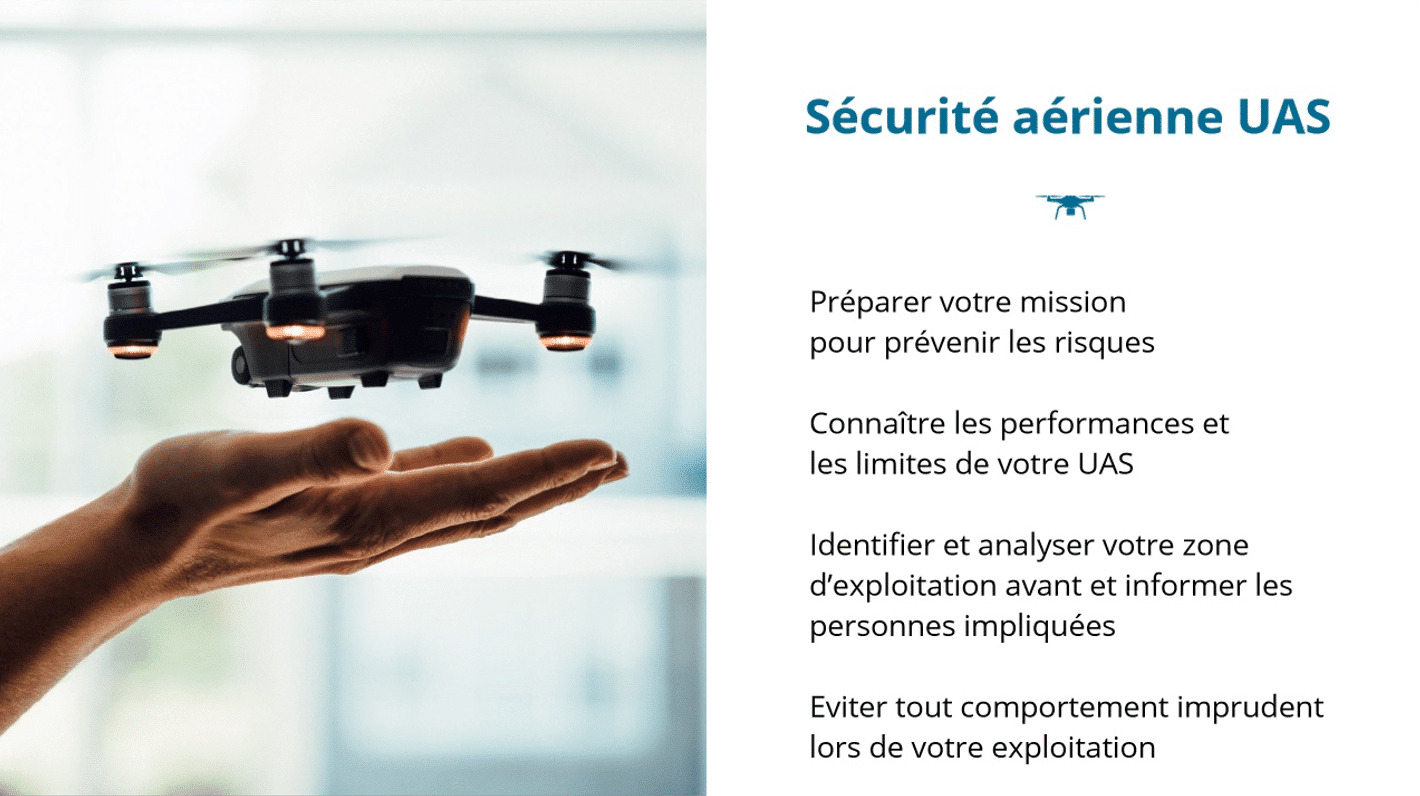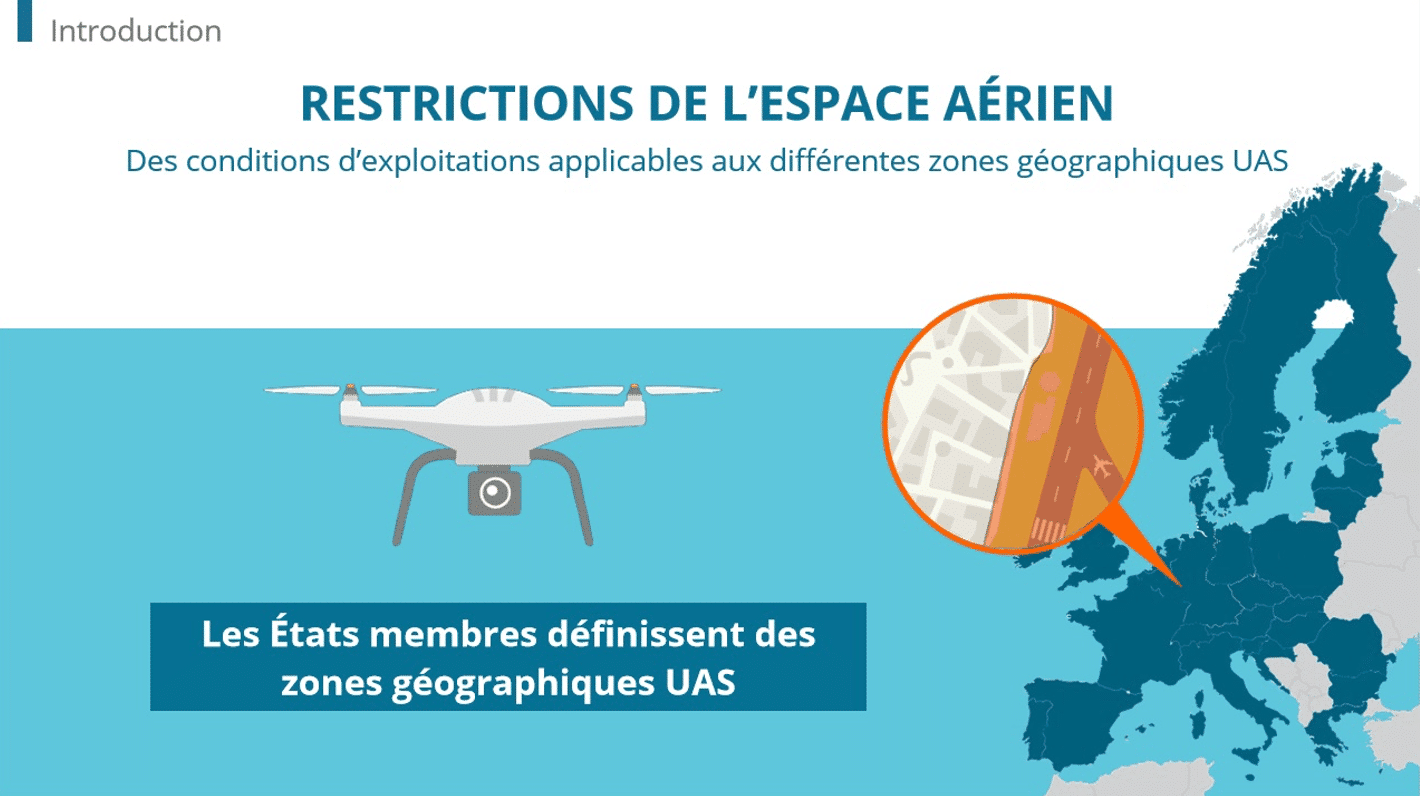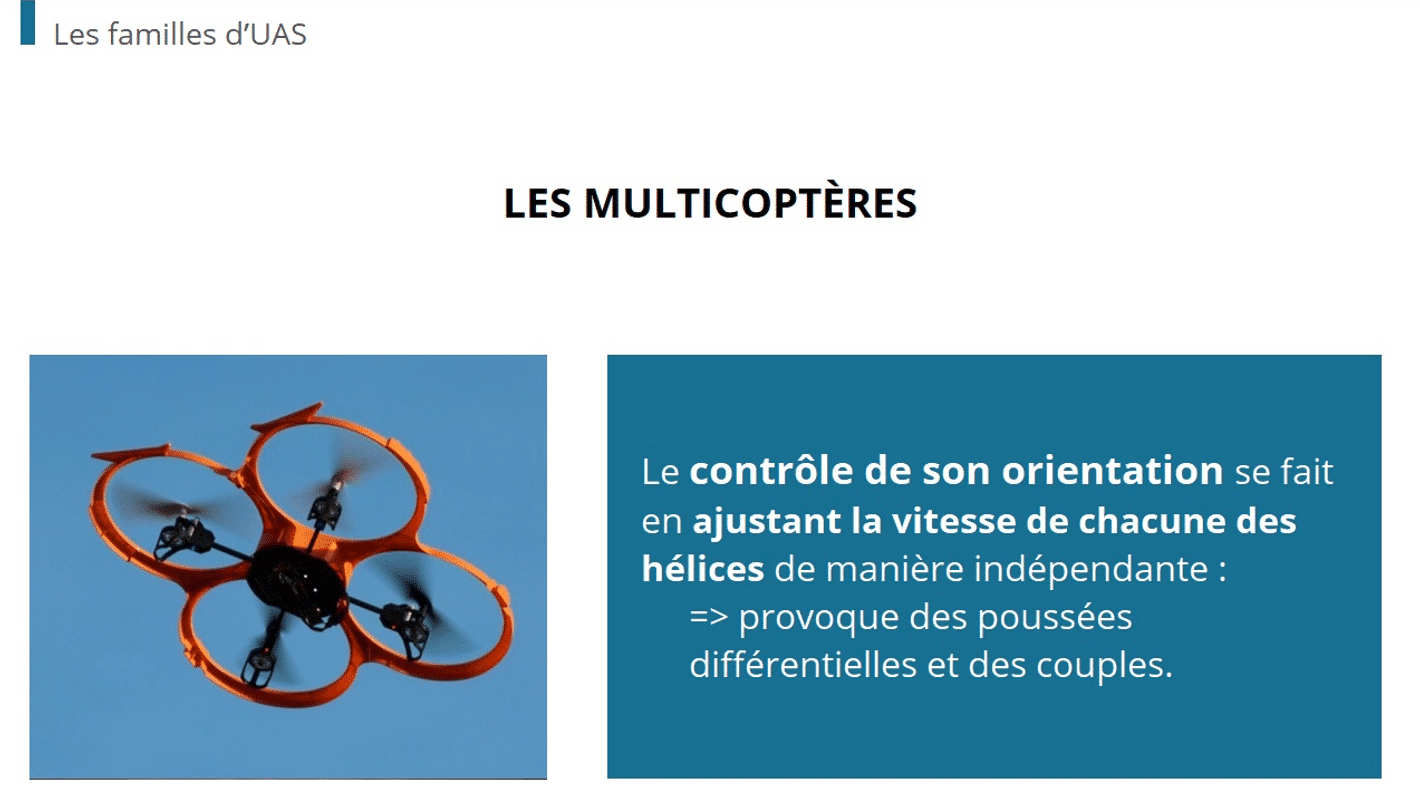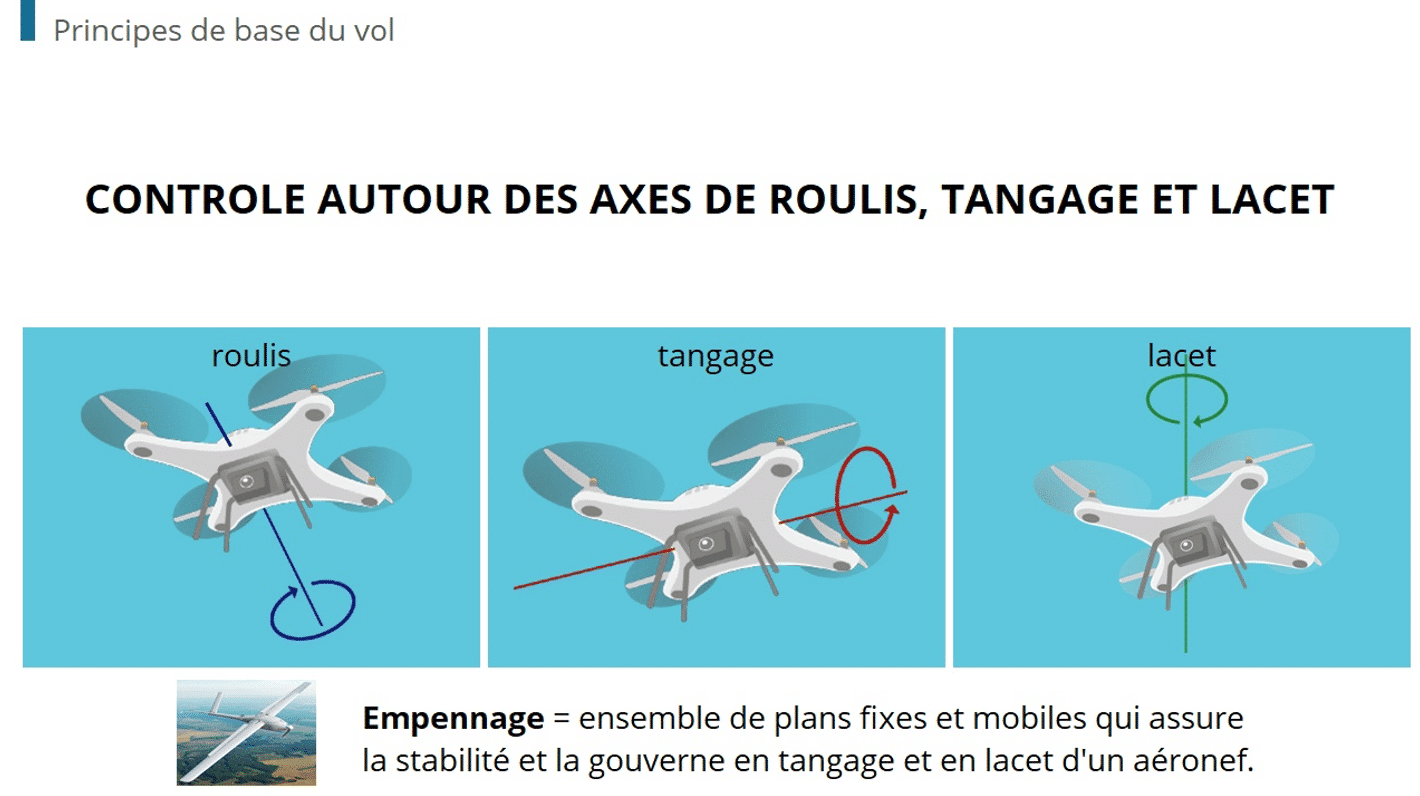Gamification draws on video game codes in the form of rewards as part of learning programmes. These entail tangible benefits for persistence and commitment.
In online learning programmes, gamification involves passing tests in the form of problems to solve. The scenarios push you to solve one or more problems and even undertake real missions.
The gamification of corporate learning
Involving more than just the inclusion of serious games in learning, gamification means adding fun to the workplace. Some examples include:
- Sending an internal newsletter with the best practices for employees.
- The presentation of trophies to employees who have successfully completed their serious games, those who have made the greatest contributions, etc.
- Updating a table of scores, with personal progress bars, virtual currencies, etc.
Encourage persistence and commitment
Encouraging success inevitably reinforces motivation. These examples share the goal of creating competition between employees in order to stimulate long-term commitment.
In everyday life, staff seek a form of recognition for the effort they exert. The gamification of learning gives employees an opportunity to have this effort rewarded.
Gamification, a new corporate trend
Beyond its strategic application by Human Resources departments, gamification is a movement the whole company can gain from. The massive use of social networks and the increasingly thin line between private life and professional life is the most obvious way this is becoming evident.
Thus, employees who decide to share their results are not only raising their own profile but also that of their employer. Integrating this development into human resource management has become normal for business, particularly in terms of career development or recruitment.






























